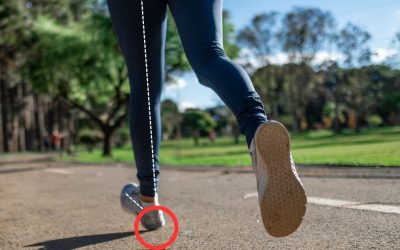As a Physical Therapist, I find it’s always a good idea to look at running form.
Running is more than just putting one foot in front of the other. Your run form matters as much as the miles you log and the workouts you complete.
I often find that less-than-ideal run form can cause a lot of issues. One change I recommend is switching to a midfoot running style.
Here’s what it looks likes and means:

This change can reduce impact forces on the knees and joints and improve your overall efficiency and performance.
Think about it. The average runner takes 160 steps per minute, and if you do the math, even a small inefficiency can cause problems in the long run (get it?).
Switching to a midfoot running style can be beneficial for most runners — especially as they age up.
When you make the switch, you can experience two main benefits.
- Midfoot running reduces impact forces on the joints by engaging the natural shock absorbers of the muscles and tendons.
- It lowers braking forces with each step, which can slow forward movement.
However, switching to a midfoot running style can be challenging. Before making any changes, identify and fix areas of weakness or tightness that alter your run form. Prepping your muscles and tendons for the switch is often missed — it results in injuries.
Once you prep your muscles and tendons, you can begin incorporating midfoot running in small increments each run.




